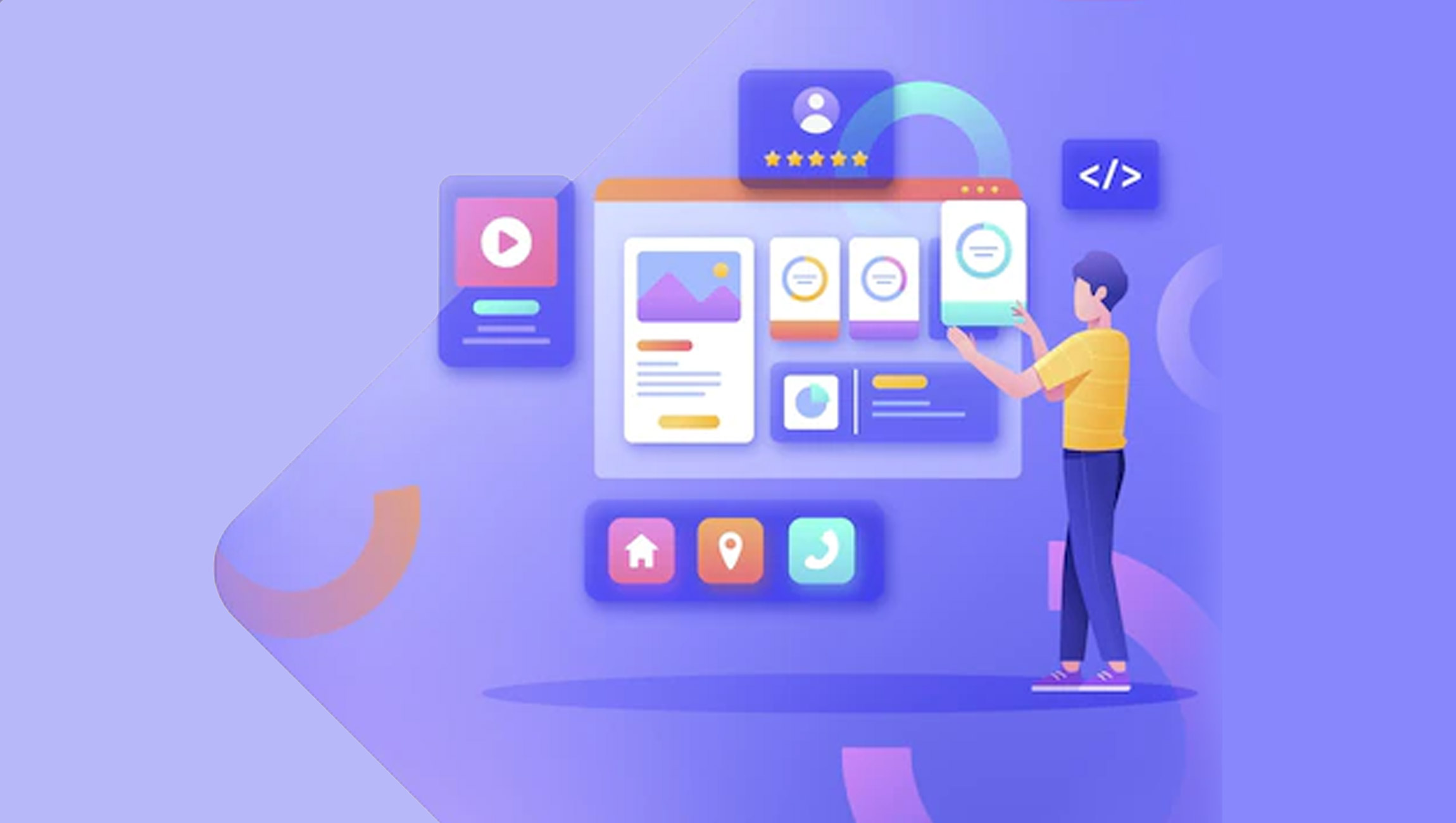A well-thought out Landing Page can play an important role in driving conversions. Every online customer and prospect today has too many options to measure from when it comes to evaluating any kind of service or product. Attention-grabbing pages are not the need of the hour as much as landing pages that boast of solid concepts that can be dynamic enough to move prospects through their buying stages.
This is where it becomes important to align landing page messaging to an overall marketing/sales campaign initiative in order to keep driving the right kind of prospects and leads to your content with the aim of converting them.
Given that every prospect you have on your target list is already being bombarded by tons of online campaigns and messaging, one of the best ways to drive them toward your brand is by revisiting how certain touchpoints in their online journey are planned and executed.
As digital marketing and online campaigns become more personalized, sophisticated and highly-targeted, it is important to figure out what to maintain as a must-have framework to try to boost better ROI.
Marketing Technology News: MarTech Interview with Ben Regensburger, CEO at Peach
Here are some best practices that can help!
Focus More on the First Half of the Page Content
Digital marketing and traditional offline marketing methods and tricks have to collide at some point. In the physical printing / newspaper industry – it has always been a common practice to ensure priority headlines and content are presented above the fold or within the first half of a page, to grab more eyeballs.
Taking this to the digital world involves revisiting how best you can use the first half of any landing page to get customers to ‘’click’’ or ‘’download’’ an asset and also rethinking how you can format your form to get them to fill the details you need to capture (first name / last name / business email, etc).
Placing a creative call to action at the top of the page, near the form for instance can also differentiate how your landing page is presented given that the common practice is to place these call to actions at the bottom of the page, below the form, in most cases.
Running Referrals through Landing Pages
Ok, so you’ve planned a complete end-to-end campaign, you have an ad in place, you have an email marketing cadence and social media post in place; all built with the aim to drive traffic to your landing page for a desired outcome.
But what if your prospect reaches your landing page and feels that your product/service or asset might not be right for her/him but more suited to someone they know on their team or in the industry?
Adding a referral option on your landing page form through which your target audience can also easily refer or place another referral email into can help you maximize ROI because in a way, you are still gathering relevant lead data. Marketers who think of using their landing pages in this manner just have to ensure they create a workflow that can ensure privacy of the person being referred by sending them an alert on who referred them.
Marketing Technology News: MarTech Interview with Matt Ramerman, President at Sinch for Marketing
Experiment with Multiple Calls to Action
One of the most common practices when it comes to landing pages includes having one call to action button (usually!) at the bottom of a form.
However, experimenting with slightly longer landing pages that can have multiple call to actions can be pretty beneficial in getting your campaign and page to align to a potential buyer’s mindset of the moment.
What does that mean?
Keeping the usual call to action button viz ‘’download now’’ to ‘’register now’’ stays a given but in addition to that, providing your reader with more options like ‘’book a call with our sales team’’ or ‘’try a demo today’’ can still give marketing heads enough lead data from the overall effort.
Furthermore, when marketing teams set their backend systems in such a way so as to breakdown which prospect came in through what call to action, it becomes that much easier for marketers to use this data to dovetail next-steps that are aligned to the prospect’s mindset, with the aim on finally converting them.
Have a Chatbot on It?
Landing pages are not built as standalone campaign requirements, they have to align to other marketing channels and messaging to create the desired goal. While a lot of thought may have gone into deciding what messaging to place onto a landing page, it will still not be possible to ensure that every page visitor definitely fills a form to convert.
What can help is, ensuring you get your visitor to stay on the page longer and keep interacting with your brand. A chatbot that asks visitors ‘’what they are looking for’’ or ‘’what else they’re interested in’’ can come handy at this juncture to try and boost more bookings and gather lead data.
A Step Back in Time –
According to research data, it is said that landing pages originated at Microsoft in late 2003, in response to poor sales of the Microsoft Office product. From about 2009 onwards, several startups like Unbounce were then formed to boost automation and abilities of online landing pages.
Over the years, landing pages and their framework have evolved and digital marketing as a whole has undergone continuous change. With most companies around the world now mainly adept at the basic requirements of building landing pages, online visitors and potential prospects have to be presented with better, more creative, well-structured pages that not only stand out and help a brand break through the noise but also nurture the prospect to stay with the brand.
Marketing Technology News: MarTech Interview with Maria Mryasova, Director of Product, DCMN











